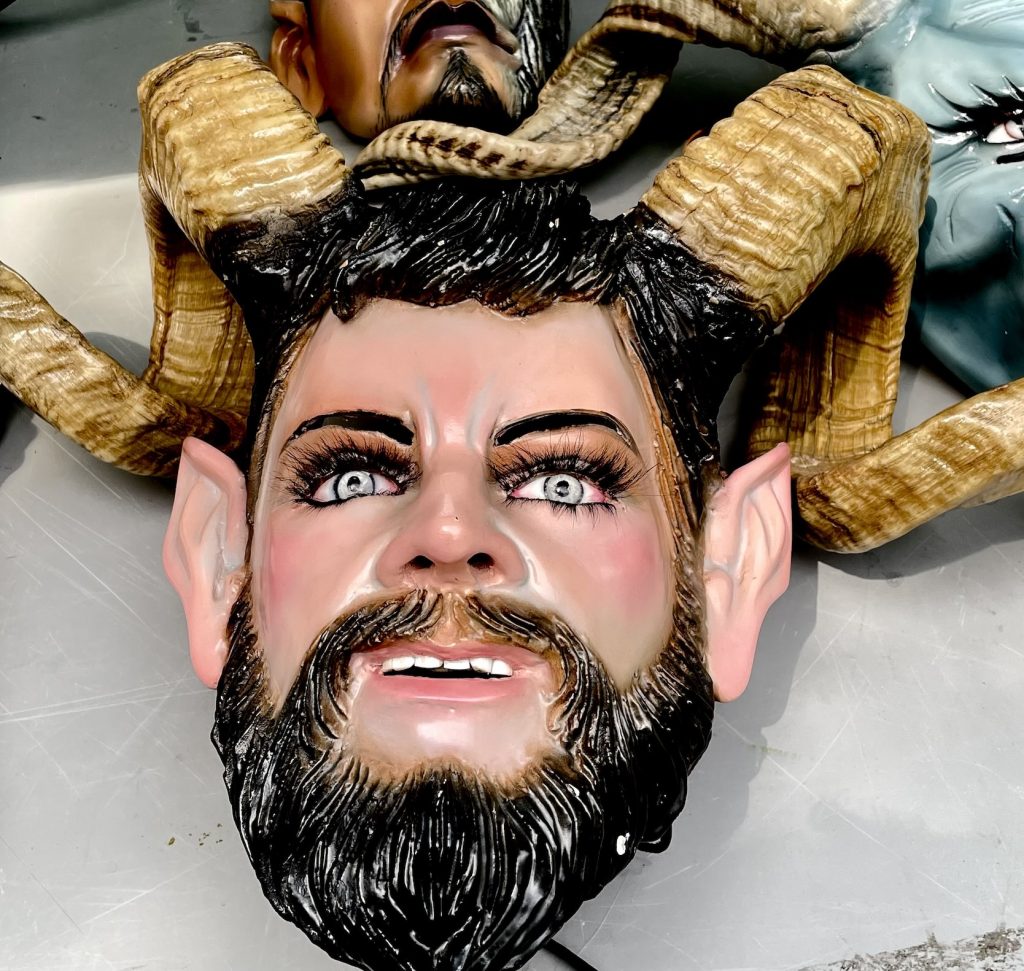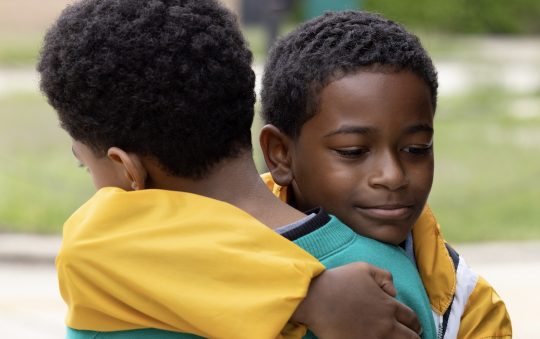
Los Angeles embraces Día de Muertos with vibrant celebrations, including one of the longest-running events on Olvera Street, now nearly 40 years strong. This unique festival intertwines pre-Columbian, Aztec, Mayan, and Catholic rituals, featuring a nightly procession that sets the stage for a powerful cultural ceremony. They begin their celebration from Oct. 25 through Nov. 2, but Día de Muertos is celebrated Nov. 1 and 2.
Día de Muertos is a celebration of life, not a time for mourning. Instead, it’s a moment to honor the lives of those we’ve lost and celebrate the things they cherished. Death, as a natural part of life, is honored through community ofrendas (altars) decorated with hand-made papel picado, food, candles, and flowers. This festival invites the spirits of loved ones to visit once again, creating a profound connection between the living and the deceased.
As an Afro-Mexican, I see this celebration as an opportunity to shed light on an often-overlooked part of Mexican history—our presence in this culture, which even many Mexicans may not fully recognize. Afro-Mexican traditions have long influenced the culture of Día de Muertos, though they may not always be acknowledged. The handmade items, calaveras, and ofrendas are central to honoring those who have passed, drawing from traditions rooted in both Indigenous and African practices.
Related Links:
https://www.olveraevents.com/day-of-the-dead-olvera-street
https://www.discoversanpedro.org/events/dia-de-los-muertos-festival
https://www.ladayofthedead.com/
To understand these influences better, it’s essential to recognize that Africans were first brought to Mexico via the Costa Chica region starting in the 15th century. They primarily worked on cattle ranches, in mines, and on plantations. Over time, generations of intermingling between Africans and local Indigenous communities gave rise to a uniquely Latino culture that draws on both African and Mexican traditions. This rich heritage has allowed Afro-Mexicans to contribute significantly to Día de Muertos celebrations.

One of the most notable Afro-Mexican contributions is the Danza de los Diablos—the Dance of the Devils—a tradition that originated in Oaxaca. Initially dedicated to the African god Ruja, enslaved Africans performed this ritual dance as a prayer for freedom from Spanish rule. Over time, it evolved to incorporate Indigenous and Catholic elements, with the dancing devils symbolizing the eternal struggle between good and evil while embodying resilience and survival.
The movements of Danza de los Diablos were influenced by Mexican cattle ranchers. Dancers wear devil masks adorned with donkey hair and deer antlers, honoring the artistic and storytelling traditions of their African ancestors. Though deeply rooted in Afro-Mexican culture, this dance is performed by various communities across Los Angeles. Participants don distinctive costumes such as hand-carved wooden masks, boots, jackets, formal shirts, and ties or silk scarves. Accompanied by la chilena music—a blend of Chilean sailor influences and Afro-descendant traditions—the dance continues to reflect its rich cross-cultural heritage.
The celebrations in Los Angeles are characterized by a strong sense of community involvement. Local artists and community members actively participate in creating altars and organizing events, fostering a sense of belonging and shared cultural heritage. This grassroots involvement leads to a more personalized experience compared to larger, more commercialized celebrations that might occur in Mexico.







